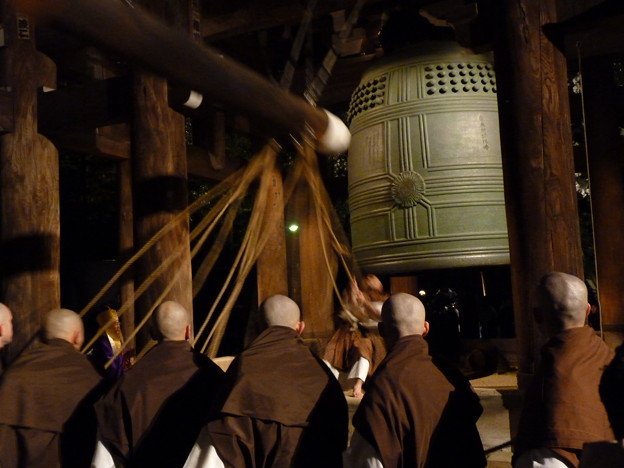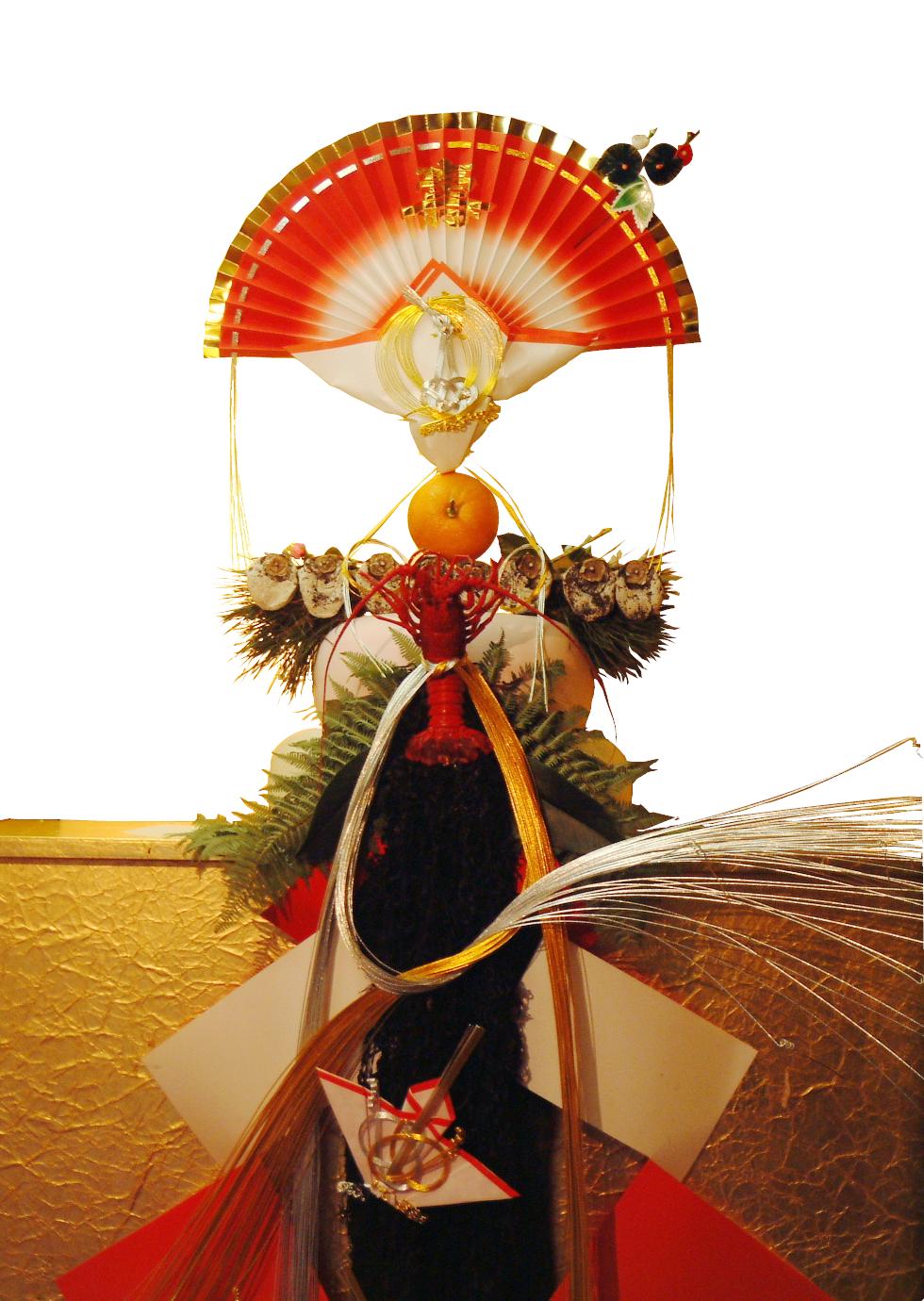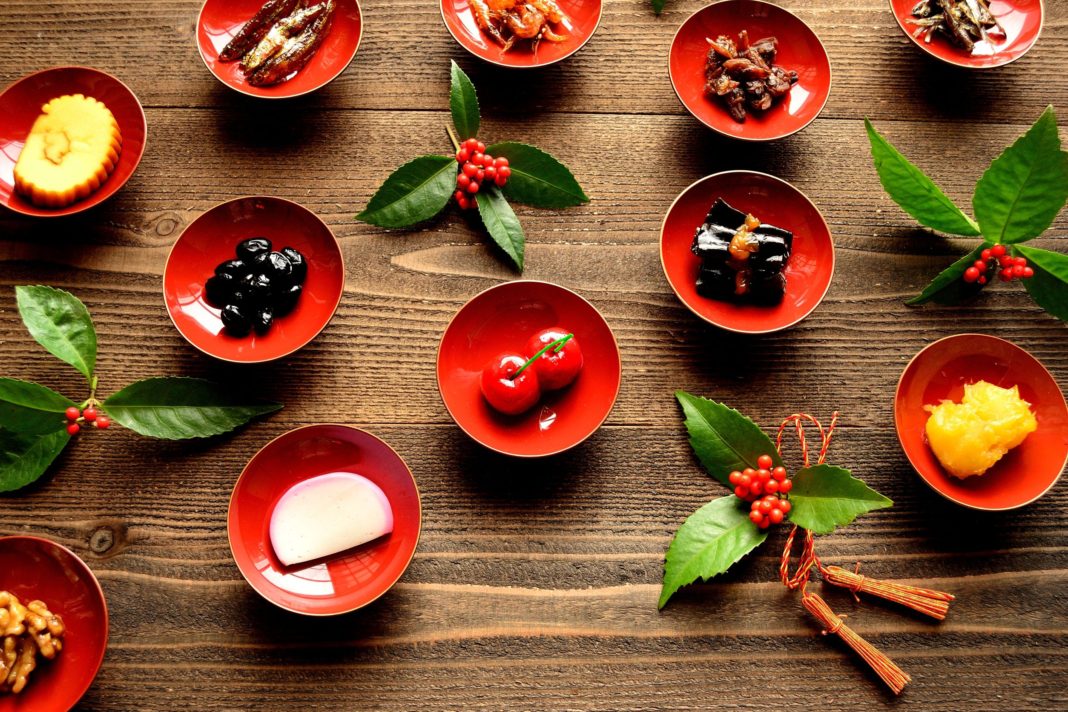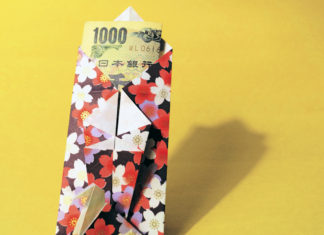Here’s to A Prosperous 2018!

If you were lucky enough to travel in Japan during the first week of January, you may have seen ornaments made of pine, bamboo, plum trees, and kagami mochi (round mirror rice cakes) displayed at Japanese houses and people greeting each other with the traditional salutation “Akemashite Omedetou Gozaimasu” which means Happy New Year.
The first of January symbolizes the most significant Japanese event – Oshogatsu, that is a must to be marked down in the Japanese Calendar. It has become an official and cultural New Year’s Day in Japan ever since Meiji Restoration, as important as Christmas is in the West. It is also known to be the only date recognized as a national holiday in which the businesses would usually shut down from 29th December to 3rd January and schools close for one or two weeks depending on the region.
Before the year ends, a drinking party named bonenkai (end-of-year party) will be held in December among groups of co-workers or bunch of friends. The perfect way to end a year is with Toshikoshi soba (year end buckwheat noodles), a kind of Japanese traditional noodle bowl dish that will be served on Omisoka (New Year’s Eve). It is believed that this soba represents a long life as the noodles are long and thin. Ideally, the time to have your bowl of soba is before ushering in the New Year which is late at night. Most of the local temples will serve Toshikoshi soba and families will stay up to eat soba together while listening to joya no kane (midnight bell).

As for New Year’s Eve entertainment, you will never miss the NHK Kohaku Uta Gassen (Red and White Song Battle) which literally means the Year-end Song Festival. It is an annual music show on New Year’s Eve in which the most popular artists of the year will be divided into red team and white team to compete among each other.
Osechi Ryori, which is the main traditional Japanese New Year dishes usually packed in 2 to 3 layers of ojubako (lacquer boxes), is to be consumed on the first three days of the New Year. Each type of dish that makes up osechi symbolizes a variety of special meanings such as yorokobu (joy), health, wealth and good fortune, all which is wished for on the auspicious days of the new year! As preparing osechi cuisine requires time and effort, people nowadays opt for the easier option of ordering the pre-made osechi sets from high–end restaurants, department stores, or even via online!
Heading out to the shrine or temple with family for the Hatsumoude (first temple or shrine visit) is customary from the first day of the New Year. It is a great chance for travelers to witness Japanese women and men in their full traditional attire – kimono. The act of worship is generally quite brief but people may be seen spending their time in the long queues at popular shrines such as Meiji Shrine in Shibuya, Tokyo which attracts more than millions of visitors each year.
The sending and receiving of New Year’s cards (nengajou) among friends and relatives are also a part of the celebration. It is another way to strengthen the bond between yourself and your family, relatives, and friends whom you do not often meet! Small gifts such as otoshidama (money packets) will be given to young children from adults especially parents and grandparents, and is a traditional custom that is never missed out.










